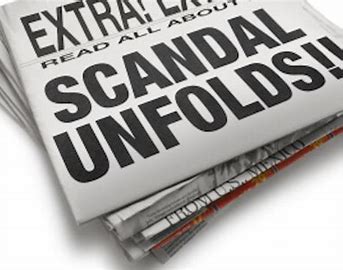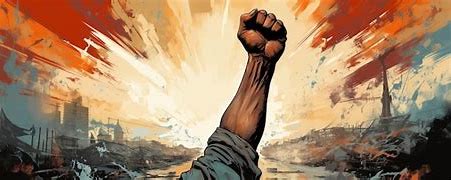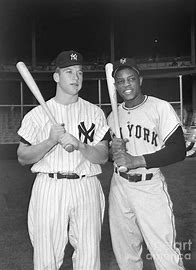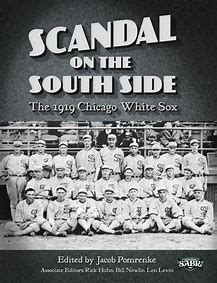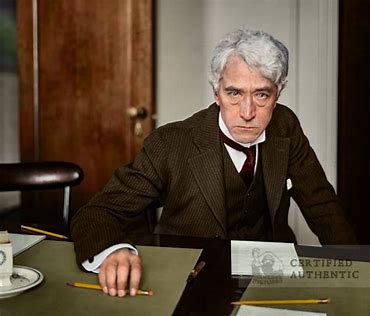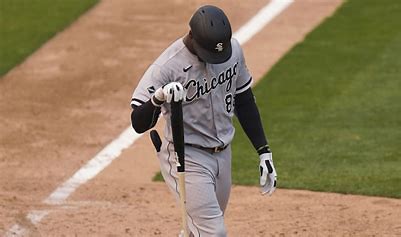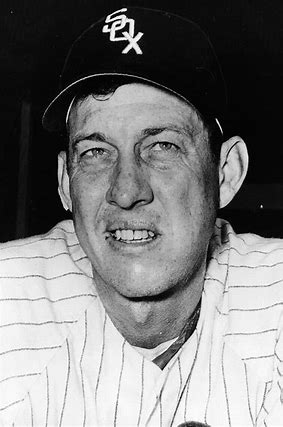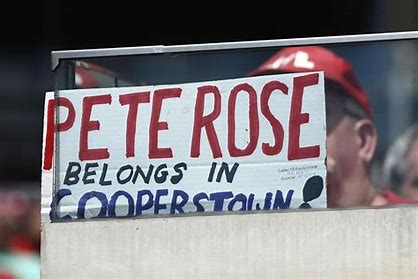Continued from Post #2588
Cheating, in all its myriad forms, has from the beginning of time been an unavoidable part of sports. As far back as 4000 BC, ancient Egyptians bet on dice, board games, and feats of skill such as chariot racing and fencing. There were probably challenges on who could kill the biggest dinosaur or the fiercest lion. It seems to be part of man’s nature. Betting on sports took place during the ancient Olympic Games, according to “Sports Betting History.” For hundreds of years, it has been at the center of some of the most dramatic athletic scandals and controversial moments, raising questions of integrity and, in many cases, spurring significant changes to the rules themselves.
I’m sure we all remember, back in the days of Plato and Sparta, 388 BC to be exact, when there was evidence of cheating in Ancient Greece. A 1952 article titled “Crime and Punishment in Greek Athletic” details a boxing bribery incident at the 98th Olympics. According to Ohio State professor Clarence Forbes, Eupolus of Thessaly “bribed all three of his opponents to let him win, prompting games organizers to impose ‘heavy fines’ on all four men, with the money used to erect six bronze statues near the entrance to the stadium in Olympia.” Their inscriptions warn of future cheating.
The apparent winner of the 1904 Summer Games in St. Louis, American Fred Lorz, rode 11 miles in a car before being called out and admitting to cheating. A similar thing happened 76-years later in Boston, when Rosie Ruiz was stripped of her medal when it was discovered that she had not run the entire race.
We’ve already detailed the 1919 Black Sox Scandal in a previous installment (See Post #2484), but thirty-two years later in 1951, a group of college basketball players, starting at City College of New York, took money from bookmakers in exchange for manipulating the scores of games. History continues to repeat itself. 32 players from seven colleges eventually admitted to accepting bribes in the point-shaving scheme. Two of those players and at least 10 other fixers, agents or bookies went on to serve jail time, according to ESPN.
Controversy and cheating prevail in all types of sports including international football. In 1986, an infamous goal known as “hand of God” by Diego Maradona led Argentina to a 2-1 win over England in the quarterfinals of the 1986 World Cup, eventually leading them to the finals that they would also win. He initially said it was the “hand of God” that knocked the ball into the net, rather than his own. But in his autobiography 14 years later, Maradona fessed up. “What hand of God?” he wrote. “It was the hand of Diego! And it was like stealing the wallet of the English, too.” Justified theft in his eyes!
Cheating incidents in sports rarely involve acts of violence, but this one did in 1994. In a brazen assault, a man named Shane Stant attacked top U.S. figure skater Nancy Kerrigan with a baton after practice. It was later revealed that Stant had been hired to attack Kerrigan by the ex-husband of her main rival, Tonya Harding, in hopes that the injury would prevent Kerrigan from competing in the national championships and 1994 Winter Olympics.
Faking a disability was a shocking factor in the 2000 Paralympics. Spain’s intellectual disability basketball team won gold in Sydney. Later it was revealed that 10 of the 12 players were not disabled after all. At the same time, the stronger got stronger as baseball’s steroid era made Lance Armstrong and Russia’s state-sponsored scheme look trivial by comparison. Dozens of players were implicated, including Mark McGwire, Rafael Palmeiro and several other big-name stars. Congress got involved. Major League Baseball was forced to overhaul its drug-testing policies. And while the time period listed here covered the “peak” of the era, including the 1998 home run record chase between McGwire and Sammy Sosa, its effects stretched well beyond this window − from the Mitchell Report to Barry Bonds’ trial for perjury.
American football showed its ugly side in 2015 when Superstar Tom Brady, then of the New England Patriots, was accused of cheating. This did not involve steroids, fake disabilities, or even gambling. He simply asked team equipment staffers to deliberately underinflate footballs in the AFC championship game against the Indianapolis Colts. It’s reminiscent of doctoring the baseball and bats that we already covered. Same cheating techniques – different sport. Brady was suspended four games and appealed in this memorable cheating scandal known as “deflategate.”
While there were wide gaps of time between scandals of years past, they seem to occur frequently these days. In 2019, the Houston Astros were in the spotlight. As I wrote in Parts 4 & 5 of this series (See Post #2486), they utilized both a centerfield camera and banging on a trash can to relay stealing signals. The incident soured their World Series title and led to several suspensions, firings and fines. Years later it inspired the technological introduction of “PitchCom”, allowing catchers and pitchers to communicate their signs wirelessly.
Many people might view what happed in the 2024 Paris Olympics as just another form of cheating, changing your sex to gain an advantage. Hungarian boxer Anna Luca Hamori said she didn’t “think it’s fair” that her opponent, Algerian Imane Khelif is taking part in the women’s category at the Olympics. Khelif is one of two athletes, along with Taiwan’s Lin Yu-ting , who have been cleared to compete despite being disqualified from last year’s Women’s World Championships after they were said to have failed gender eligibility tests. Both identify and compete as women but have XY chromosomes in their DNA. They were defended and allowed to compete by International Olympic Committee (IOC) President Thomas Bach. However, this could be considered similar to steroid use, altering the body to gain a competitive advantage.
Cheating has come a long way from the childhood playground. No one is above suspicion, so scrutiny and rule modifications will continue to increase in all sports, extending to the business world. Everyone wants to find a way to get an edge over their competitor and there continues to be a fine line between fair and unfair.
